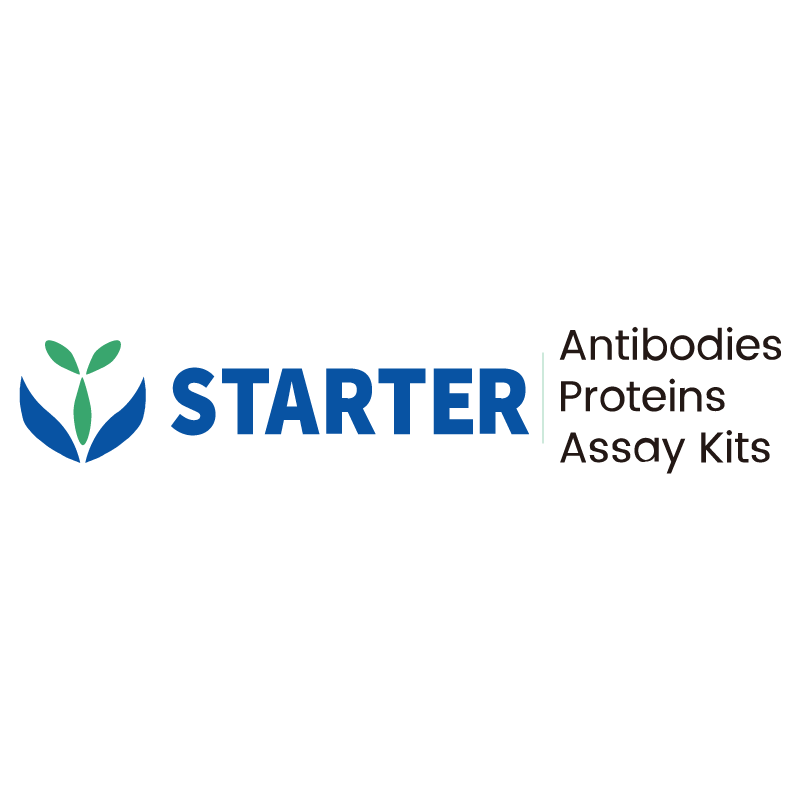Product Details
Product Details
Product Specification
| Host | Rat |
| Antigen | CD133 |
| Synonyms | Prominin-1; Antigen AC133 homolog; Prominin-like protein 1; Prom; Proml1; Prom1 |
| Location | Cell membrane, Endoplasmic reticulum |
| Accession | O54990 |
| Clone Number | S-R696 |
| Antibody Type | Rat mAb |
| Isotype | IgG2a, λ |
| Application | FCM |
| Reactivity | Ms |
| Purification | Protein G |
| Conjugation | Alexa Fluor® 488 |
| Physical Appearance | Liquid |
| Storage Buffer | PBS, 25% Glycerol, 1% BSA, 0.3% Proclin 300 |
| Stability & Storage | 12 months from date of receipt / reconstitution, 2 to 8 °C as supplied |
Dilution
| application | dilution | species |
| FCM | 5 μl per million cells in 100μl volume |
Background
CD133, also known as prominin-1, is a cholesterol-binding membrane glycoprotein encoded by the PROM1 gene. It is widely recognized as a marker for cancer stem cells and has multiple functions. Structurally, CD133 has a complex topology with five transmembrane domains and two large extracellular loops. Functionally, it plays a crucial role in the organization of plasma membrane protrusions such as microvilli and primary cilia. CD133 is involved in various signaling pathways, including PI3K-Akt, which promotes cell self-renewal, survival, and tumor formation. It also interacts with the Wnt/β-catenin pathway, influencing tissue development and regeneration. In addition, CD133 is associated with drug resistance in cancer cells through its involvement in pathways like PI3K/Akt and Hedgehog. Its expression is regulated by factors such as DNA methylation and signaling molecules like TGF-β.


